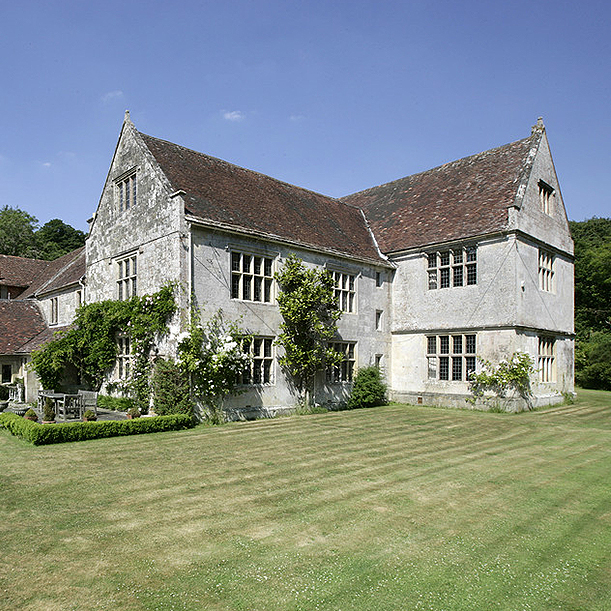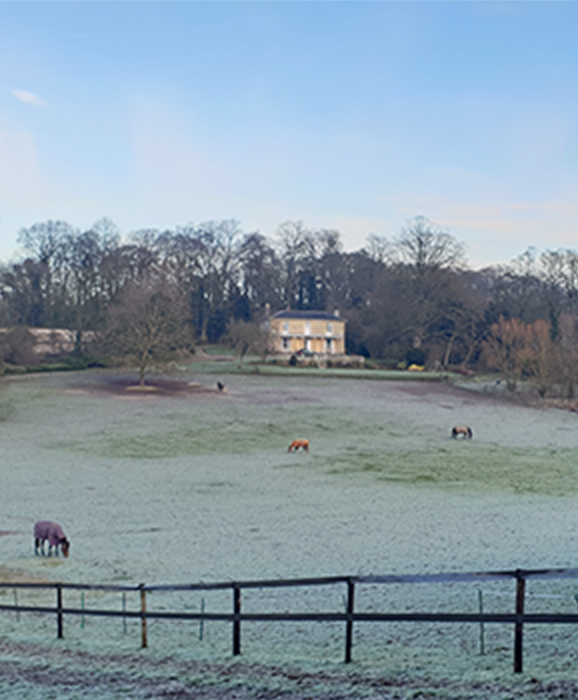Making a building energy-efficient is vital in today’s financial and environmental climate. But how can you do this with a house that has already been built? Retrofitting can provide solutions.
Retrofitting is making improvements to an existing building, so it becomes more energy efficient. It makes the building easier and cheaper to heat and it will also retain the heat for longer. You may also want to consider replacing fossil fuels with renewable energy.
Incorporating retrofit measures leads to environmental, social, and economic benefits by ‘future-proofing’ your home. Retrofitting your home can lower energy bills and reduce your carbon footprint.
Retrofitting allows you to reduce energy bills, carbon emissions, and improve your health and wellbeing. A well-insulated home will keep the heat in in the winter and keep it out in summer.
Improving the insulation of a home can helpreduce draughts and help a home keep in heat. Retrofitting measures can also improve a building’s Energy Performance rating, giving the property a higher value.
Making a building airtight by sealing gaps to reduce air leakage reduces heat loss and improves thermal comfort. It also protects the fabric of the building, preventing the build-up of damp or condensation.
Retrofit work is most successful when a ‘whole-house approach’ is taken to identify the most impactful and cost-effective measures. If you are planning to carry out works such as a loft conversion or extension, this is a great opportunity to add retrofit measures to the rest of the building the same time.
Be aware that if a building is considered to have historic significance, you will need to apply for Listed Building Consent if you want to make any changes.
The fabric of the building is the main area where heat loss occurs and so can be improved in the following ways:
Installing new insulation to a building will significantly improve the heat loss, this can include adding internal or external wall insulation, loft and floor insulation.
Upgrading the windows to a property will help reduce drafts and will improve the heat performance, particularly when replacing single glazed windows with double or triple glazed windows
Air leakage is another source where heat is lost from a building, therefore looking to seal up and gaps, particularly between skirting boards and floors, and behind plug sockets.
However, you must be careful when implementing a retrofit strategy, many old buildings need to breathe, and so simply sealing up all the gaps may cause other issues such as damp ingress. Therefore, careful consideration needs to be given to the products and materials that are used. For example, natural insulation products such as sheep's wool insulation will allow the building to continue breathing, while improving the insulation levels. This is also a much more environmentally sound material than other insulation products.
In addition to upgrading the fabric and thermal performance of your property you can also further reduce the carbon footprint by changing the heat source that you use, and by adopting renewable energy solutions.
Richmond Bell are passionate about sustainable energy and reducing the impact of our buildings on their environment. We work closely with experts in this field, who are able to provide a strategy tailored to your needs, which would also be appropriate to your property. Richmond Bell are currently working on a number of properties which adopt air, ground and water source heat pumps. Furthermore, many of our projects include the provision of solar panels which are carefully designed into the scheme, and in one case we have designed a completely off-grid family home.
Retrofitting is a long-term benefit for any building. The Richmond Bell team are happy to help with any enquiries regarding retrofitting and how you can future proof your property. If this is something you are interested in, or are planning your own project, please do contact us.
All Insights

View Project
Grade II Listed Manor House, Wiltshire

Read More
How Can I Make My Listed Building Warmer?

Read More
Listed Building Planning Permissions
Contact Us